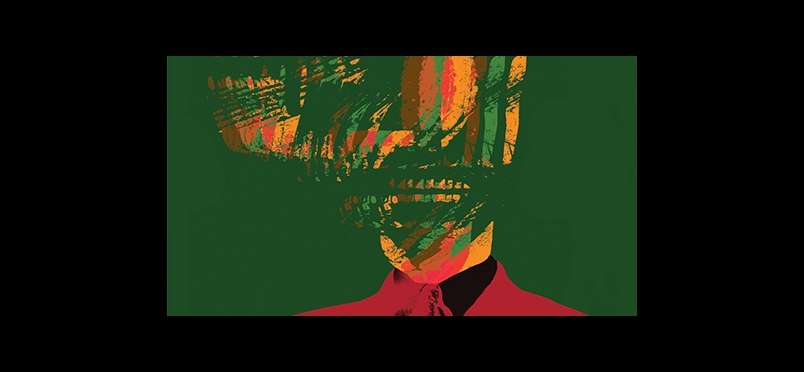| migraine
Drugs & Devices Offer Hope for Millions of Migraineurs

Will Insurance Cover These 2nd/3rd Line Treatments?
Newswise — Many people think migraines are just bad headaches. But they’re so much more. In some people, they cause nausea or vomiting. In others, they enhance sensitivity to light, sounds and smell. Sometimes they cause vision distortion, numbness in an extremity or slurred speech.
While no cure for migraines exists, hope abounds thanks to major advances in research. “Ten new treatments for migraines have been approved by the U.S. Food and Drug Administration (FDA) over the past six years,” said Dr. Stephen Ross, a neurologist with Penn State Health Neuroscience Institute.
The new treatments bring promise for the estimated 38 million Americans who suffer from migraine attacks. While migraines can occur at any age, they’re most active from the teenage years through a person’s 40s. They affect about 20% of females and 6% of males.
The newest treatments include:
CGRP Inhibitors – These medications work to disrupt a protein called calcitonin gene-related peptide (CGRP), which is particularly active in people with migraines. “CGRP inhibitors act as speed bumps, in that they block the flow of CGRP to the brain, disrupting the signal that causes migraines,” Ross said.
Medical Devices – Three new devices offer non-invasive non-medication migraine treatment. Cefaly is a nerve stimulator. When placed on the forehead, it stimulates a nerve that impedes migraine pathways. SpringTMS is a magnetic stimulator placed on the back of the head that disrupts migraine signals in the brain. Both can be used preventatively or in the moment. A third, gammaCore, is placed at the front of the neck and stimulates the vagus nerve. It’s for use in the moment.
Serotonin 1F Receptor Agonist – Lasmiditan (Reyvow) is the first in a brand-new class of drugs which stimulate the serotonin 1F receptor, thought to play a role in creating migraines. “These medications slow down the body’s pain pathways,” Ross said.
OnabotulinumtoxinA (Botox) – While not a new treatment, Botox is effective in people with chronic migraine. It’s delivered through a series of tiny injections in the scalp once every three months.
Insurers consider many of these treatments specialty drugs and may not offer coverage for them. “Insurers that will cover them do so as second- or third-line treatments, which means people will need to have tried at least two or three traditional treatment first,” Ross said.
Read the full press release on Newswise.
Did you enjoy this article?
Subscribe to the PAINWeek Newsletter
and get our latest articles and more direct to your inbox

